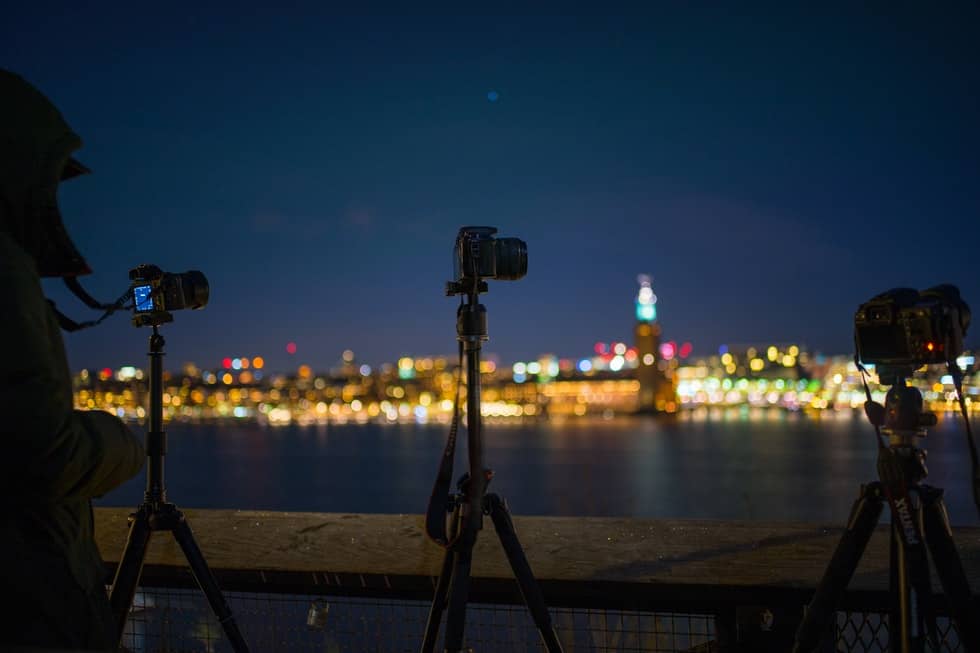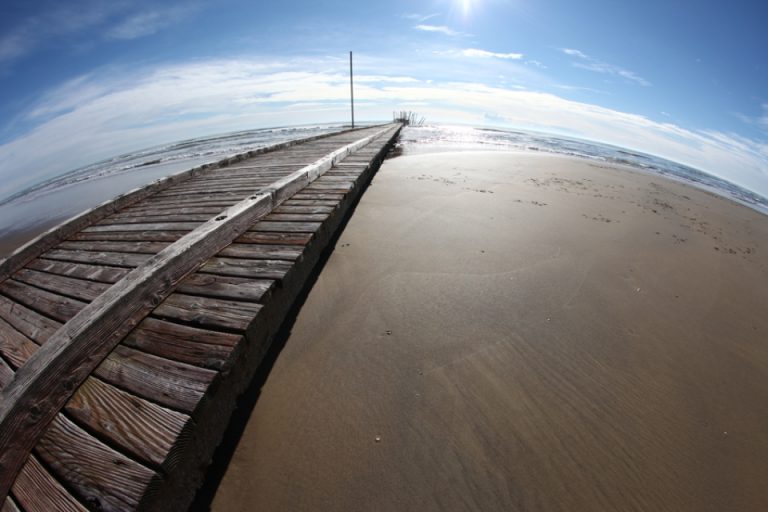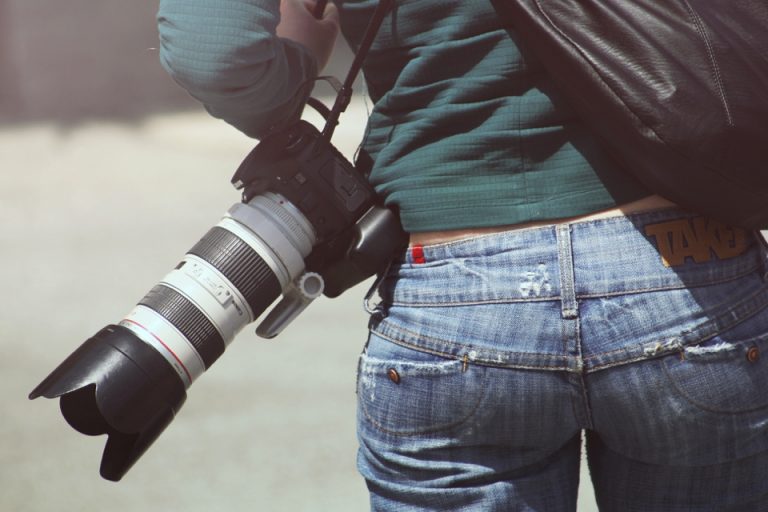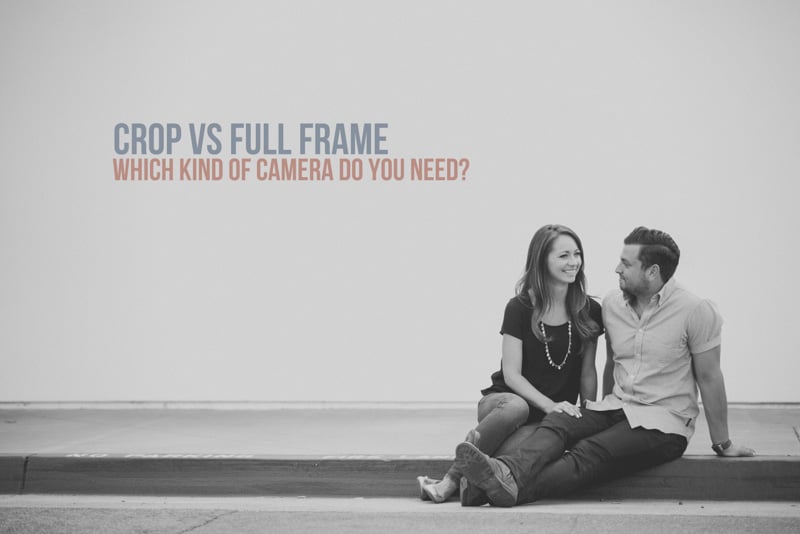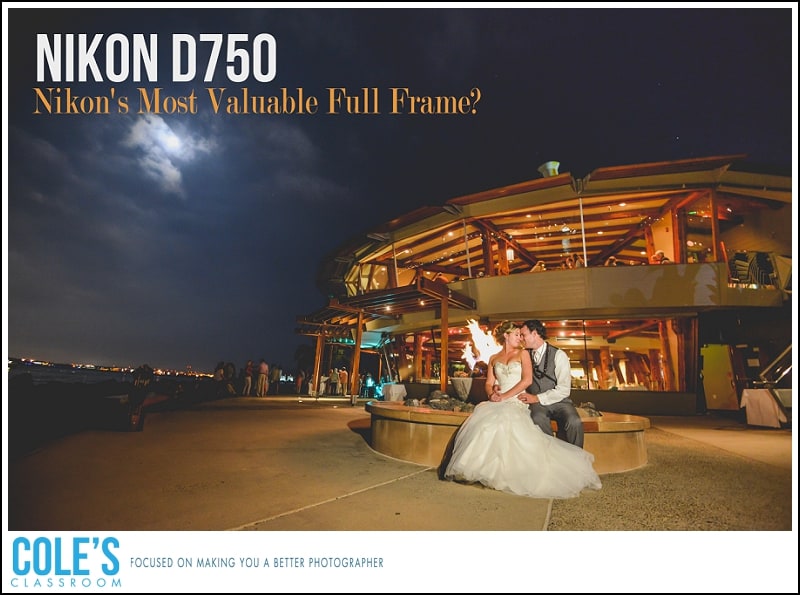Whether you’re just starting your photography career or are a seasoned photographer, having the perfect camera is an absolute must. However, with so much debate between the top two brands, it can be hard to pick between Sony or Canon.
Each camera has its selling points, and it is a very close race between these two popular brands. Let’s look at what each brand offers individually, then compare the key features of both. Hopefully, by the end of this post, you’ll know which brand is best for your next purchase!
Sony: An Overview
While the Sony brand first emerged in 1946, they did not produce digital cameras until 1988 when the Mavica came out. It took them almost ten years to create another one, but they have proved themselves a prominent camera producer despite the slow start.
They made digital single-lens reflex (DSLR) cameras for only a short period. Because of the existing competition in that area, they decided to invest more in creating mirrorless interchangeable lens models, which have become a booming success.
They currently offer the A7 and A9 series of full frame mirrorless cameras. The A7 is a more generic full frame model but still great for professional photographers. The A9 full frame series is explicitly for top-notch sports and wildlife photography.
Even though these full frame series have arrived on the market relatively late, the Alpha full frame series offers numerous features that give other brands (like Canon Nikon) a run for their money. Despite being available for less than ten years, Sony has produced three generations of the A7 series and has dozens of full frame models available.
In addition to these high-quality full frame camera series, they offer advanced photo system type-C (APS-C) options at a lower price for people looking for excellence on a budget. They also have several point-and-shoots, the most notable series being the RX.
Advantage of Sony
The sheer number of first-rate cameras that Sony has produced in the past decade speaks to its innovation. By focusing on mirrorless options, they have quickly gained an edge over competing brands.
Our two favorite aspects of these products are the incredible full frame sensors that create high-quality images and the autofocus that tracks the subject of our photo. They utilize both Real-Time Eye Autofocus and Real-Time Tracking to ensure you never have an unfocused image again.
Also, these full frame cameras are generally smaller and lighter-weight, making it easier for photographers to handle and manage long photo shoots.
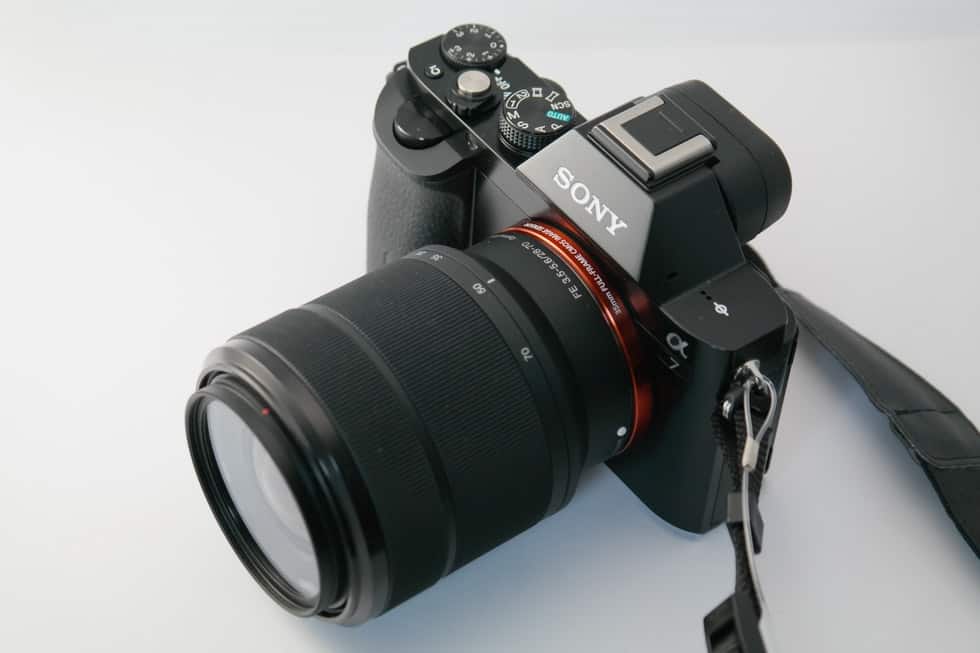
Disadvantages of Sony
One of the biggest complaints about Sony cameras is the menu system. Many photographers find the organization just too confusing. Not only are there many settings options, but the company also renamed standard tools, which makes finding them even more complicated.
While it is evident that the menu system needs some renovation, part of the complexity comes from the numerous options Sony offers you. However, it can be frustrating and time-consuming to learn the complete set-up before a professional gig.
Despite the dozens of features that these cameras offer, their lens selection is not as diverse as possible. Other brands, such as Canon Nikon, offer many more options for all photographing scenarios.
Another area of complaint from Sony camera users is color processing. If you’re photographing in conditions with unnatural lighting, particularly with artificial lighting set-up in a studio, the colors may be strange.
You can quickly fix these color oddities in post-processing, but it adds an extra, unwanted step to getting flawless pictures.
Canon: An Overview
Canon has been a prominent camera brand since 1934 when they produced a 35mm camera under the name “Kwanon.” For nearly 100 years, they have been one of the leading brands, working to develop new technology for relaxed, professional photoshoots.
In 1987, they created the first completely electronic system which connects the camera and lens. The Electro-Optical System (or EOS) name can still be seen in their current models.
Where Sony focuses on the mirrorless cameras, Canon takes the lead with DSLRs. However, they also produce a few mirrorless, point-and-shoot, and compact options that are ideal for beginners and professionals alike.
The most expensive DSLR options are the EOS-1D full frame series, which offers a 20-megapixel sensor and 20fps burst. Just like the A9 full frame series, this particular line of full frame cameras in Canon is for sports and wildlife photography.
Other DSLR favorites include the Canon EOS 5D, 6D, and 7D. The 5D and 6D full frame models are ideal for videos, with the 6D being slightly cheaper. The 7D full frame options are semi-professional options with a crop-sensor.
For more intermediate photographers, they offer APS-C DSLRs that aren’t for complete beginners as they give the user more customization options. For absolute beginners, the Rebel options are easy to use and more affordable.
This company doesn’t provide as many mirrorless camera options as Sony, but it has the EOS M (for beginners) and the EOS R mirrorless camera (for professionals). Similarly, they have point-and-shoots for both novices (the SX and ELPH options) and advanced photographers (the G series).
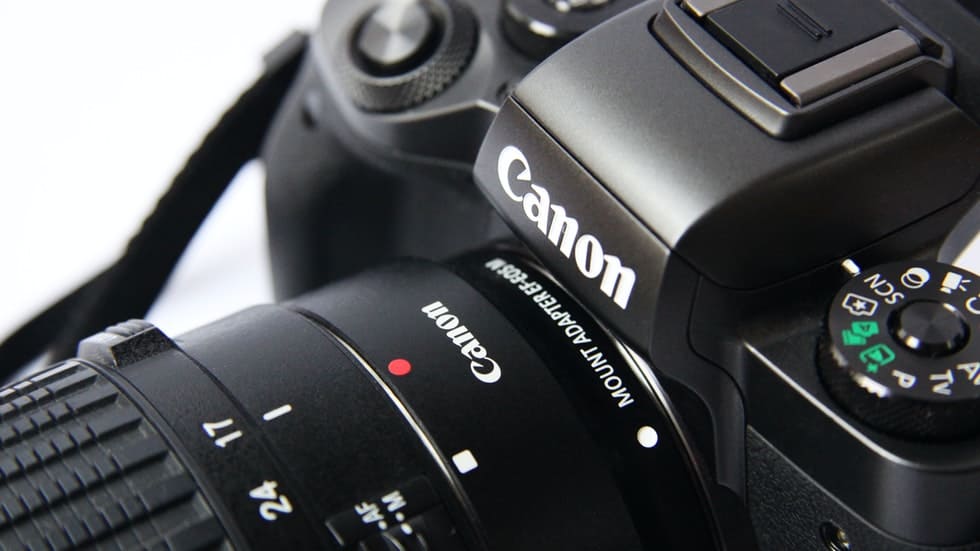
Advantages of Canon
The fact that this company has been creating cameras for so many decades attests to their quality and reliability. Their models have been on lists of the best photography tools for decades, and that isn’t changing.
One definite strength of the full frame camera in Canon is that it uses Dual Pixel Autofocus for perfect focus while filming. Just touch the object you want to track on the LCD screen, and it does the rest. Another significant aspect of filming is the “C-Log” found in the 5D Mark IV, which means more quality colors and a higher dynamic range.
This brand takes the lead over Sony with their lenses, as they offer numerous different types to give you that perfect image while shooting. A favorite option among photographers is the L-series EOS R and EF options. These lenses are specifically for professional photographers (particularly wedding photographers) to give them sharper, more vibrant image quality.
Disadvantages of Canon
Despite being around for decades, this brand is not a leader of innovation. Within just a couple of years, Sony took the lead on mirrorless camera over this well-known brand. However, this brand does produce improved products to provide its customers with excellent tools – just at a slower rate.
Furthermore, their prices are steep compared to other brands. While they have experience and popularity on their side, the cost of an intermediate model may steer people away and cause them to choose a more professional choice from another brand for about the same price.
Nevertheless, many photographers will still choose the more expensive options because of their features, like lenses and filming options.
Even though Canon offers excellent autofocus for filming, many of their cameras do not provide 4K resolution videos. Since this is the new standard resolution, it may be a considerable drawback that not all the options give you a clear resolution of 4K.
Sony or Canon: How do They Compare?
Now that we know a little more about each brand, it’s time to get into the nitty-gritty and see which one offers the best tools. Each device offers tons of features, so to compare camera brands, we need to look at the elements individually.
Lens Options
The main camera body isn’t everything in photography – quite the contrary. Professional photographers have an array of additional lenses that they switch between for different projects. A superior lens can make the difference between a good and an excellent photograph.
There are options for various types of photography, from wildlife to portraits to zooming. However, one lens does not necessarily work for different kinds of cameras. There are many factors to consider when choosing a new lens, such as if you want one that fits only the APS-C version vs one that fits both an APS-C and a full frame camera.
So, which brand offers the best selection?
If you remember, the lenses were a weakness to Sony brands because they don’t offer the best variety for their cameras. This lack of diversity is understandable since their products have not been on the market for long. While they are making great strides in providing more lenses, at the moment, they fall far behind Canon’s options.
One option, though, is to use a lens adapter on your Sony camera. Of course, this is an added hassle, but it may be worth it if you don’t want to invest in buying a whole new device.
Canon provides many different types of lenses for each camera model. The EF mount lenses fit both the full frame and the APS-C models, but the EF-S version is only for APS-C devices. Additionally, the mirrorless series uses E mount lenses only.
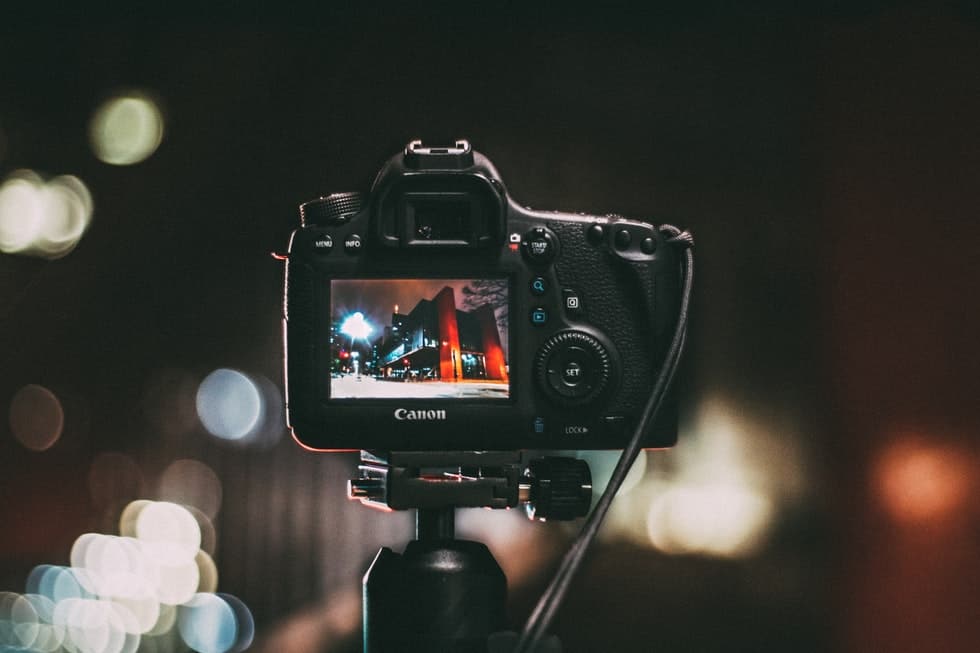
Overall Size
While the feel of a camera may not be on the top of your list of things you want to look for, it is crucial you feel comfortable with your equipment. If you are on your feet all day shooting weddings or hiking up mountains to get the perfect wildlife shot, you may want a lightweight option. On the other hand, if you enjoy the feel of a heavier device, size may not be an issue for you.
The Sony cameras are by far much lighter than their competition. Even the largest option, the A9, which weighs 673 grams, is lighter than Canon’s lightest model, the 6D.
Weather Sealing Capabilities
Shooting outdoors is a favorite for a lot of photographers. Outdoor photography isn’t only for wildlife and landscape images; it can include portraits, sports, and weddings. There is nothing better than a beautiful photograph with natural lighting.
However, when you get caught in a sudden rainstorm, or you want to capture that perfect image of snow falling in a forest, you don’t want to worry about water damage with your camera. Thankfully, both brands of cameras offer sufficient water sealing on their models.
While both brands boast of weather sealing, it does not mean they are indestructible. Both Sony and Canon make sure minimal amounts of dust and water do not destroy the equipment, but they are not entirely waterproof if left in a puddle.
Both brands would be the right choice for any outdoor shoots with a potential for rain, snow, dust, or wind. Canon cameras might be slightly better because of their heavy-duty feel and years of experience designing photography equipment.
Menu System and Navigation
What’s the first thing you do when you get a new camera or phone? You play with the system settings and learn how to navigate it. Being able to click quickly through the settings and choose the style and tools you want is imperative to getting the perfect shot.
If you aren’t familiar with the settings or struggle to find the option in the menu, it could significantly slow down your photoshoot. It can take a while to get used to any device, but once you’ve done photography for a while, the settings should be pretty straightforward.
Unfortunately, the Sony menu system is often considered the opposite of straightforward. The vast number of options and strange wording can make it difficult to find what setting you want. Just like we mentioned in the overview, this complexity comes from the advanced options. So, more settings logically come with a more complex set-up.
Canon’s menu system is slightly easier to handle and doesn’t require as much effort to get accustomed to the options layout. It’s up to you which you prefer, more options vs a menu that is simple to navigate.
Sensors
The sensor technology of a camera changes what you see in the viewfinder into a digital format. If it employs top-notch technology, your photos are more likely to have better lighting and overall quality.
You want a camera that can automatically adjust to low lighting, a wide dynamic range, and high resolution. This technology does not make or break an image, but an excellent sensor helps improve your shoot.
Sony is a clear winner in this category, as their sensor technology is more developed than the Canon counterpart. Again, even though they joined the game a little late, they came in with a bang. If you look at DXOMARK’s analysis and compare the two brands’ sensor performance, the top eight positions are all Sony devices.
The Canon sensor technology is still good, just not as impressive as the option in Sony’s models.

How Long Does the Battery Last?
Have you ever been in the middle of a photoshoot, capturing beautiful images, when you see the “battery low” flash on the screen? Having to change a battery or take a break to charge your camera can kill the mood and ruin a potentially fantastic photo session.
If you’re doing an all-day job or trekking into the wilderness for some nature shots, you need to make sure you have enough battery life to last you the whole time you’re in the field.
Each camera has a specific battery life, and even then, how long the battery lasts depends on how you are using the model. Everything from temperature to flash to using the viewfinder affects battery life.
In general, Canon cameras last longer. Depending on the photographing conditions, you can take between 150 and 550 photos or 100 minutes of video. Compare that to the less than 300 pictures and 60 or 70 minutes of filming you can do with a Sony before reloading the battery.
Either way, make sure you have plenty of back-up batteries to get you through your photography jobs.
Top Video Capabilities
Cameras aren’t only for photographers or taking pictures. Many videographers use both brands for shooting film, and photographers may need to take the occasional video. If you want a camera that can do it all, make sure you choose a brand that can produce high-quality videos and beautiful pictures.
Choosing the best brand for taking videos is not cut and dry. Sony was the first company to produce a DSLR came that could also take videos in 2008. However, since then, they have fallen slightly behind the other brands in terms of video quality.
Most DSLRs cannot shoot video in 4K, even though that is the new standard resolution. The 5D Mark IV does offer 4K, but it does not compare to the Sony cameras that also offer 4K videos.
Nonetheless, Canon does have the Dual Pixel Autofocus for filming, and the 5D Mark IV has the new C-Log for quality videos. However, they are just now releasing some of these features that have become a norm in brands like Sony.
How Autofocus Performs
One of the most frustrating things about using a non-professional device is that when you take the perfect picture, it turns out blurry. Taking a moment to adjust the focus manually can take away from the ideal action shot, so a camera that automatically focuses is perfect.
The Dual Pixel Autofocus that makes filming easy with Canon also creates spot-on sports and wildlife images. Many of their cameras have had this feature for years, but Sony gives them some steep competition with their latest model.
The newest cameras come with Real-Time Eye Autofocus and Real-Time Tracking, take autofocusing to the next level. Their technology lets you focus on subjects even in dark or low-light conditions that would typically pose a problem for photographers.
Wi-Fi and GPS
Are you tired of waiting to get back home or to your studio to upload videos? While wifi may not seem like a necessity in a camera, it directly affects certain aspects of photography.
Having access to wifi lets you upload photos from anywhere, remotely trigger the shutter while using a tripod, and manage other features of the camera with your phone.
Unfortunately, only three of the Canon cameras offer wifi, while all Sony models have it. The missing wifi is another example of Sony being slightly behind the innovative curve compared to the competition.
For wildlife and nature photography, GPS is essential for later records of the animals and landscapes you shoot. Many photographers use geotagging on social media to label and tag their images with altitude, latitude, and longitude, and bearing information. To provide these numbers to their colleagues and followers, photographers need to have a camera with GPS at the moment they take the picture.
A camera’s GPS works by contacting three satellites to triangulate the position. Unfortunately, this tool isn’t foolproof. If it is unable to localize the necessary satellites, it won’t be able to save a location.
Interestingly, where Sony offers more technological advances in other areas, they fall short in this category. They don’t provide a single camera with GPS features, while several of the latest Canon options, from the 1DX Mark II to the 5D Mark IV, all offer GPS.
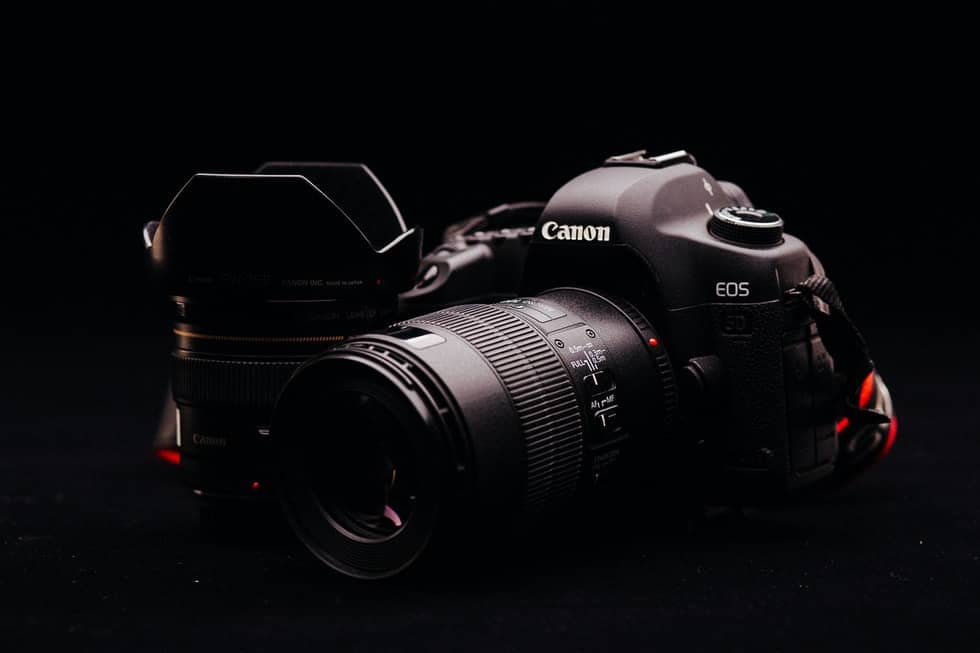
Flip-out Screen
An articulated LCD, or flip-out screen, allows for easy, more comfortable photoshoots. You can open up the screen while using your camera on a tripod for easy viewing or flip it open to show your images to someone else. This movable screen is perfect for taking and viewing pictures from any angle or perspective.
If you enjoy taking low-angle photos but don’t want to get down on the ground to get that perfect shot, take advantage of the slip-out screen! Likewise, if you are filming for an extended period using a tripod, open up the screen so you can comfortably watch the footage from above instead of spending the whole session bent over.
While it seems like a no-brainer to include an articulated LCD, not all cameras have one. Interestingly, the lightweight Sony devices come with this versatile tool, but only the Canon 6D Mark II offers the flip-out screen.
Viewfinder: Generic or Electronic?
Instead of a generic viewfinder where you only see what is in front of you, an electronic viewfinder lets you see what the final product will be. You can check the blur level, framing, focus, and lighting all in the tiny viewer. Essentially, it gives you a final check before you take the final picture.
Again, this is another feature that only the Sony cameras offer. Hopefully, Canon will step up their game a bit in the future and add this useful tool in their newer products.
The Final Verdict
So, in the debate of Sony or Canon, who wins? This race is neck-and-neck, and it is difficult to compare a range of options from both brands because each one is for specific uses. While you may prefer EOS 5D for filming, the A9 series might be your go-to camera for shooting wildlife.
The issue with naming a clear winner between these two brands is that they are continually coming out with new and improved models. While Sony’s latest camera may be at the top this year, Canon could easily claim the title next year.
Both brands provide excellent options for all types of photographers, and it truly depends on what you value the most in a camera and which one you feel the most comfortable using.
For example, if you need some more technical settings, like wifi, high-tech focusing, and an electronic viewfinder, Sony would be the best option. On the other hand, if the ability to change between several lenses without using an adapter is an absolute necessity, Canon is your brand.
There are many factors to consider, so take your time and explore all the models that each brand offers. Even though you may not want to choose between technological perks vs quality lenses, at the moment, neither brand provides a camera that has it all.
Remember, the camera is just a piece of equipment! Regardless of which brand you choose, you can still produce stunning image quality with both companies. The trick is finding what’s best for you and your style of photography.
